As the seasons change, you may need to think about changing your seasonal tires. Whether you're switching to winter tires or to summer tires, it's important to think about how you store your off-season set.
You may have them changed by a professional or do it in your garage at home. But what do you do after they have been taken off? Knowing how to store tires after removing them from your vehicle is essential. In fact, it’s more important than most people realize.
If you don’t handle and store your tires properly, their characteristics can change. This can shorten their life. They can even deteriorate so badly in storage that they need to be replaced.
But if you handle and store them correctly, they will deliver years of service – and you’ll save money.
Using some detergent, water and a tire brush, clean tires before storing them. This will help remove a season’s worth of road grime and brake. Clean your wheels, too, if you store your tires on them. Make sure they’re completely dry before the next step.
This next step requires inaction, rather than action. Tires don’t need any kind of dressing or gloss product applied prior to storage. Tire compounds are formulated to resist ozone cracking and other environmental stressors. Such products can hinder rather than help extend the longevity of your tires.
Find a large, airtight plastic bag to fit each tire. Try yard bags or leaf bags. Ensure the bag (and tire) is free of moisture, then remove as much air as possible from the bag (use your vacuum cleaner!) and tape it shut. This airtight environment will reduce evaporation of oils from the rubber compounds. Specific tire storage caddies or tire totes are also available. These make transporting and storing tires easier and help keep them grime and dust free. However, they aren’t air tight. If you want to use them, bag tires as above first, then place them in your tire tote.
This airtight environment will reduce evaporation of oils from the rubber compounds. Specific tire storage caddies or tire totes are also available. These make transporting and storing tires easier and help keep them grime and dust free. However, they aren’t air tight. If you want to use them, bag tires as above first, then place them in your tire tote.
UV rays and the sun’s heat can wreak havoc on rubber. Your tire storage location should keep them out of direct sunlight.
In cold weather or in warm, tires should never be stored in the open air, even under a protective covering. Think cool, dry, moderately ventilated – and of course out of the sun. Your basement or another climate-controlled space is ideal. If there is a heat source in the room, the tires must be shielded from it. Most garages, sheds and attics undergo a range of temperatures, precipitation and humidity. You want to avoid these fluctuations.
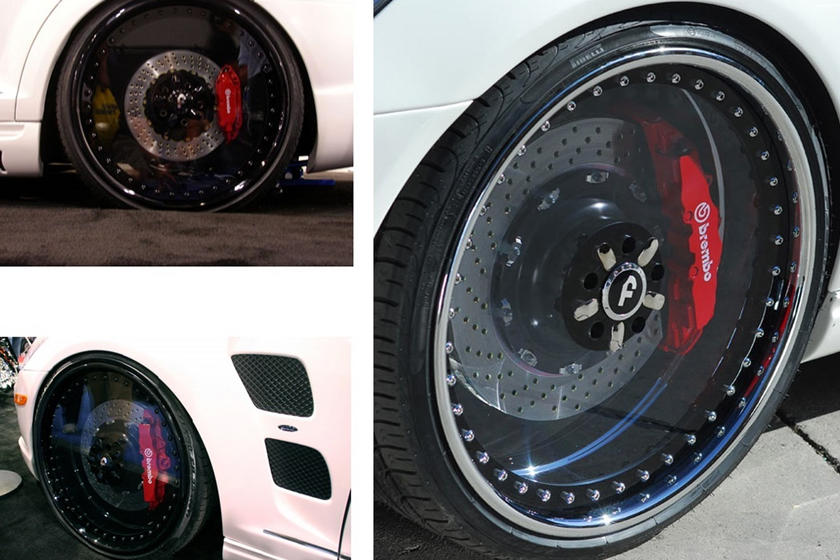 Avoid chemical exposure
Avoid chemical exposureYour number one chemical to avoid: Ozone. It’s particularly damaging to tires. Electric motors that use contact brushes generate ozone. These can include:
Ensure your storage area contains none of these items. The following should also be avoided:
Got whitewalls – or other white parts (like lettering) on your tires? In case you’ve decided not to bag your tires, store them with white areas touching other white areas, and black touching black. Here’s why: The black rubber on the white side is compounded differently than the black rubber on the other side. A layer of non-staining black rubber is used on the tire's white side to prevent oils migrating from the black to the white areas and causing discoloration. The black sidewall uses standard rubber. Therefore, store black-to-black and white-to-white to help keep white rubber bright and avoid marks.
Therefore, store black-to-black and white-to-white to help keep white rubber bright and avoid marks.
You have three options for how to store your tires:
The best option is standing, as it puts less stress on the tires. If you must stack, try not to stack too high. You want to avoid it tipping and damaging the tires. Tires mounted on rims? Stacking is actually preferable in this case. Another great option for tires on rims is hanging them from tire racks or hooks. Never hang unmounted tires as this can distort and damage them.
Tires will age. But these tips will help extend their life. If you want to make sure that the storing of your tires is in professional hands we would recommend to let them be stored at your tire dealer. And remember: It’s a great idea to get your tires checked by a tire professional before they are mounted onto your vehicle again for another good season of driving.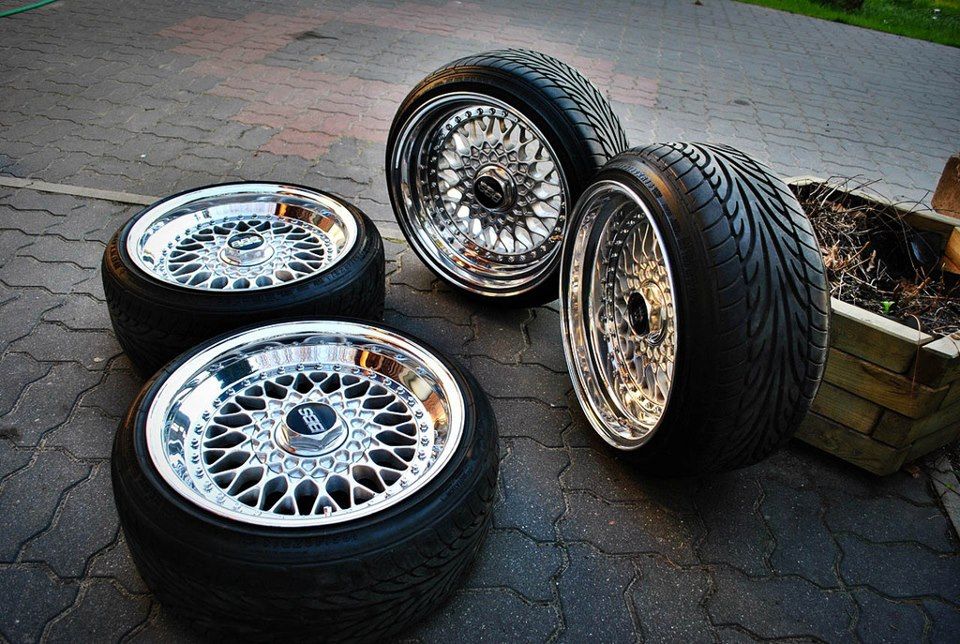
If you have an extra set of tires and wheels for winter or summer driving, proper storage can help you get the most life out of your investment while also having them ready for your next seasonal changeover. We have some tips to help you store those tires and ensure your next seasonal changeover goes smoothly.
Select Les Schwab Tires locations can make tire storage easy. When it's time to change tires for the season, we'll store your other, bulky and dirty tires. Learn more about this time and space-saving option.
It's time to change to your winter tires when nighttime and early morning temperatures stay at or near 40º F. While you won’t ruin your winter tires overnight, they will wear out faster as temperatures rise. Additionally, if you live in a snowy area, consider changing to your snow tires ahead of the first snowstorm of the season.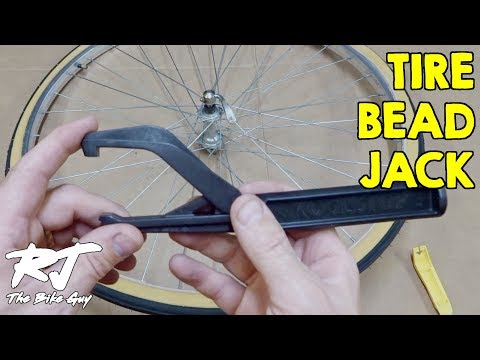
While it is advisable to carry a spare tire or have a plan if you get a flat, it’s not a good idea to store your seasonal tires in your vehicle. Why? Because those tires and wheels will add weight to your car or truck, reducing your MPG or range. Plus, the inside or back of a car or truck is not the ideal environment for storing tires. Keeping them there can cause safety issues and premature tire degradation.
When your winter tires are mounted on wheels (also known as rims), your tires will last longer and your seasonal changeovers will go a lot faster. That’s because we won’t need to remove one set of tires and replace them on a single set of wheels. Instead, we’ll simply remove the prior season’s tire/wheel set and install the next season tire/wheel set, check the tire pressure, perform some visual safety inspections, and send you on your way. Plus, you won’t be charged a changeover fee.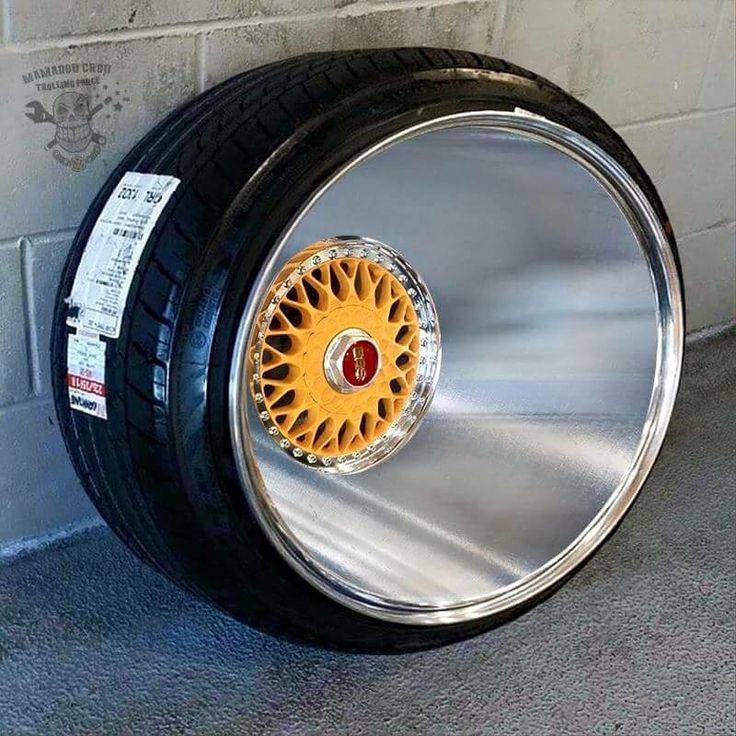
Here’s how to properly store your tires for any season.
When you have the correct air pressure in your tires, it can improve fuel efficiency and safety. But what about tires that are in storage? Those tires need the proper air pressure too. When properly inflated, tires will store better. Check out how to put air in your tires.
Grime, tar, rocks, and other debris can really build up on your tires and wheels. Every time your tires are changed out for the season, clean them off before storing. Scrub them with soap and water, then allow them to dry completely. Storing wet wheels can encourage corrosion and/or pits in the metal. Even a little moisture can cause problems. Some Les Schwab locations offer tire storage and cleaning. Find a location near you.
Once your tires are clean and ready to be stored, put them back into the yellow Les Schwab bags after changing them out. If you don’t have Les Schwab bags, large garbage bags will also work. Depending on where you store them, do what you can to keep dust, leaves, and other materials off the tires.
If you don’t have Les Schwab bags, large garbage bags will also work. Depending on where you store them, do what you can to keep dust, leaves, and other materials off the tires.
To get the most life out of your seasonal tires, proper storage means keeping them out of the elements and under a cover (roofline, awning, shed, garage). This helps minimize wear and maximize the life of your tires. Additionally:
Your local Les Schwab is ready to help with your seasonal changeovers, including adding your winter tires to a separate set of wheels. It’s a smart move that will save you time and help you avoid changeover fees. Be sure to schedule your appointment to avoid the winter and springtime rush. Or just stop by. We’ll help you get the most from your seasonal tires.
Or just stop by. We’ll help you get the most from your seasonal tires.
Les Schwab may be able to help. We offer seasonal tire storage at select stores.
Participating Locations
With the onset of the new season, motorists have a question - how to properly store tires? Can I store them in the garage or on the balcony? What happens if the requirements are not met? We will tell you how to handle tires removed from the car.
Tires are made of soft elastic material that is subject to deformation. In inappropriate conditions, they quickly lose their properties. If you have not learned how to properly store tires, you may experience such unpleasant consequences: nine0003
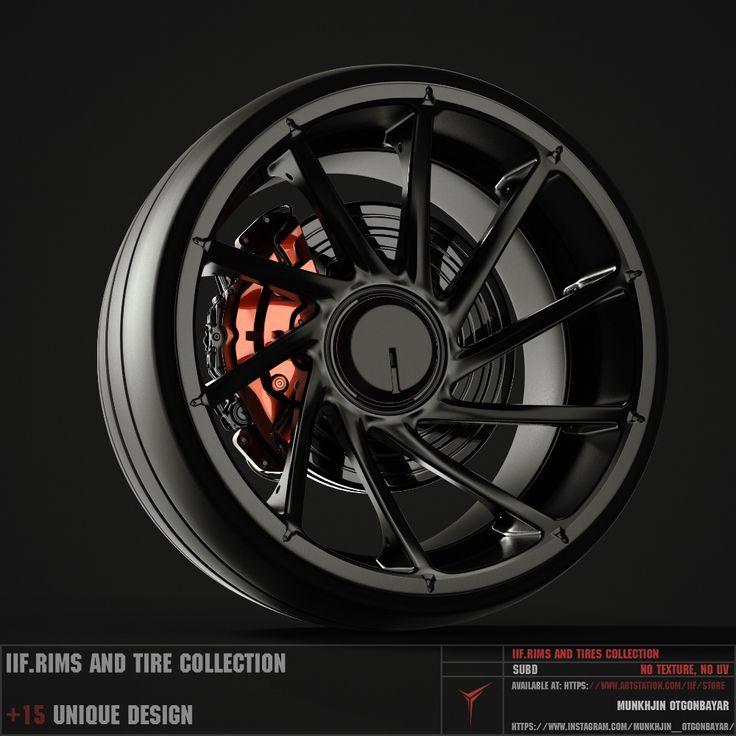
Don't risk your safety!
According to GOSTs, tires can be stored in a dry place, sheltered from precipitation, at a temperature of -30 to +40 C°. These requirements are met by garages, outbuildings, storerooms, glazed balconies and other similar premises. nine0003
Interested in how to store tires in winter? The main enemies in this case will be snow and water. They can damage the tire by causing the sensitive material to warp. The same applies to discs that can be corroded. To maintain the properties of the tire in winter, good ventilation should be provided. It will be even better if you can organize heating.
If you need to know how to store wheels in the summer, then you should pay attention to bright sunlight. UV radiation is also detrimental to tires: it deteriorates their properties, causing accelerated wear. Therefore, you should buy special covers made from natural materials.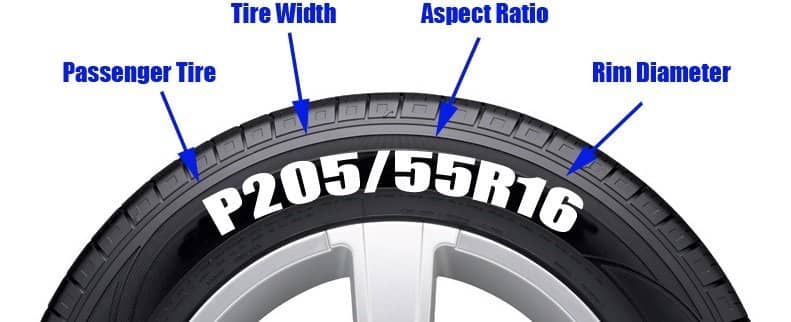 In order for the tires to remain elastic and durable after the end of the summer season, you need to periodically turn them or shift them, observing all the requirements. nine0003
In order for the tires to remain elastic and durable after the end of the summer season, you need to periodically turn them or shift them, observing all the requirements. nine0003
If you don't have space to put your wheels in your garage or on your balcony, you can take your tires to a special warehouse. The advantages of such a solution are:
Properly storing tires is not difficult, but you need to do some preliminary preparation. Each tire should be thoroughly washed from dirt - adhering soil, asphalt particles and other substances can destroy the material. During this procedure, you can carefully inspect the surface of the wheel, finding cuts, punctures and other damage on it.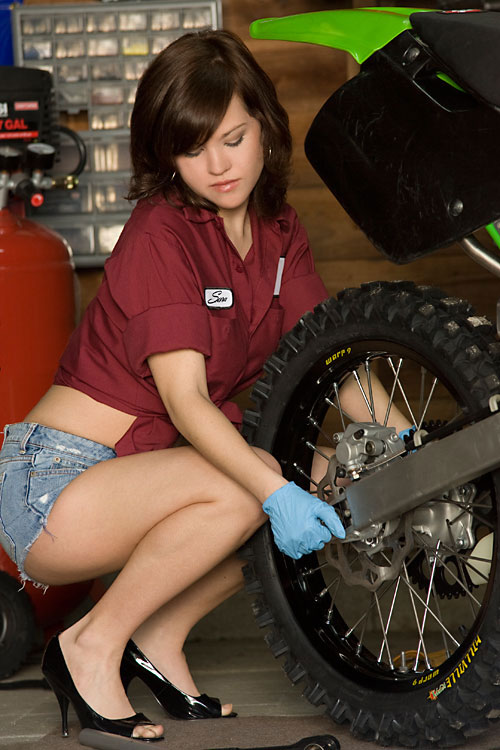
It is advisable to store tires on disks - in this case, they retain their original shape better. In addition, with the onset of the new season, you will save on the services of the service center. Each tire should be pre-treated with silicone grease. Do not confuse it with a color restorer that contains a solvent! In winter, the lubricant will prevent the formation of ice: it will fill the pores of the tire and push the water out of them. In the summer season, the composition forms a protective coating that will help prevent the elastic material from drying out. nine0003
To store summer tires, it is advisable to choose heated rooms. With a strong decrease in temperature, they can “suffocate”, covered with microscopic cracks. This is fraught with rapid stratification during high-speed driving and a complete loss of control. If there is no heating, you need to put the tires in a dry closed garage or shed where snow and water do not penetrate.
If summer tires are afraid of frost and moisture, then winter tires are afraid of ultraviolet radiation. When folding them on the balcony, be sure to cover the wheels with a piece of thick cloth. But do not forget to leave a couple of holes for ventilation so that moisture does not accumulate inside. It is undesirable to store winter tires without disks: in the warm season they become very soft and easily deformed. The consequences of such damage will be unpleasant and even dangerous. nine0003
When folding them on the balcony, be sure to cover the wheels with a piece of thick cloth. But do not forget to leave a couple of holes for ventilation so that moisture does not accumulate inside. It is undesirable to store winter tires without disks: in the warm season they become very soft and easily deformed. The consequences of such damage will be unpleasant and even dangerous. nine0003
Most motorists are wondering how to store tires on rims? We have already said above that this method helps to save time and money during the off-season “changing shoes”. The ideal option for placing tires on rims is in limbo. To do this, you can install special brackets on the ceiling or in the wall. In this case, the main load is assumed by the metal rim - the soft part is not subjected to unnecessary loads. nine0003
To know how to store wheels on rims, you also need to pay attention to pressure. The optimal indicator is from 1 to 1.5 atmospheres. At a lower value, the tires are at risk of squeezing, and at a higher value, bursting. Tires on steel or light alloy rims should be lowered before storage. In a specialized center, experienced employees will take care of this, but in the garage you will have to do it yourself.
At a lower value, the tires are at risk of squeezing, and at a higher value, bursting. Tires on steel or light alloy rims should be lowered before storage. In a specialized center, experienced employees will take care of this, but in the garage you will have to do it yourself.
What to do if there is no space for hanging tires on the rims? In this case, you can not put them vertically - if the pressure decreases, this will lead to deformation of the frame. It is best to stack tires in a pile, like a children's toy "pyramid". In this case, the following recommendations should be observed: nine0003
By knowing how to store your wheels on rims, you will save their properties, increase road safety and reduce your costs.
nine0003
Many car owners have to store tires without wheels, a set of which is quite expensive. In this case, you will have to follow other recommendations. If you decide to store your tires without rims in your garage, never hang them from the ceiling or stack them. In both cases, the elastic material will be constantly subjected to excessive loads. This will lead to tire deformation, which we have already discussed earlier.
How to store tires without rims? To do this, install them vertically. In the absence of discs, this situation will be the only correct one. It will evenly distribute the load on the tire carcass. If you are interested in the question of how to store wheels without discs in the ideal case, you should know that they should be rotated periodically by 30–40 degrees. If possible, you should do this once every two weeks. nine0003
To store wheels without discs in the garage, you can buy special cases. They protect the surface of the tires from friction, UV exposure and moisture. Summer and all-season tires require special care in the cold season - be sure to treat them with silicone grease and put them in a dry place.
They protect the surface of the tires from friction, UV exposure and moisture. Summer and all-season tires require special care in the cold season - be sure to treat them with silicone grease and put them in a dry place.
We told how to store summer and winter tires, what requirements must be observed with and without rims. So you will significantly reduce the cost of car maintenance, as well as make your trips really comfortable and safe. nine0003
As a rule, any car owner has at least two sets of tires - winter and summer. Accordingly, the question arises of storing an unused set of tires. Some car owners do not wonder how to properly store tires. As a result, tires become unusable and you have to bear additional costs for the purchase of new rubber. Moreover, you can spoil the summer kit literally in a season. As a result, in the spring, instead of taking off winter tires and putting on summer tires, you will have to purchase a new set of tires.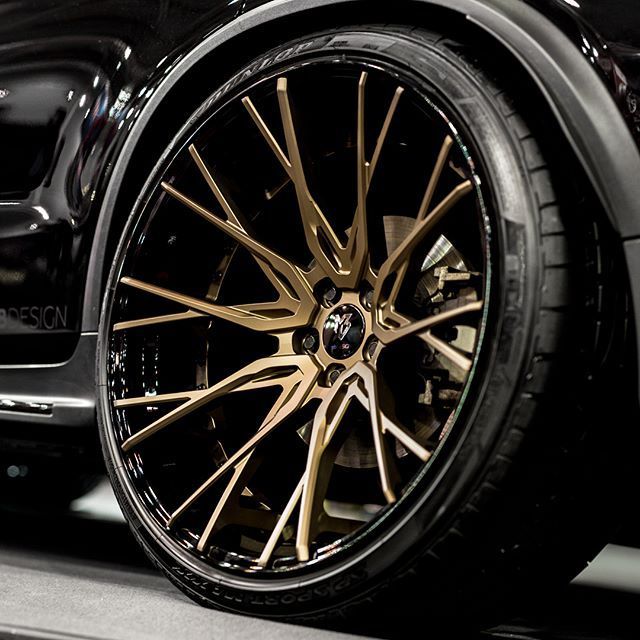 And all the problems are only due to improper storage of tires in your garage. By the way, you can store tires not only in the garage. There are special organizations that accept car tires for storage, providing proper conditions and care. nine0003
And all the problems are only due to improper storage of tires in your garage. By the way, you can store tires not only in the garage. There are special organizations that accept car tires for storage, providing proper conditions and care. nine0003
When asked how to store rubber, you don't have to ask friends or acquaintances for advice, don't search on specialized forums and websites (although this is a useful and necessary thing). It is enough to study the legislation in the field of state standards. In particular, GOST R 54266-2010 provides the necessary information on the storage conditions of automotive rubber. It's called Pneumatic Tires. Packing, transportation and storage. Despite the fact that the standard was developed in the Russian Federation, it complies with European standards and rules for storing tires. Briefly describe the main conditions specified in the standard:
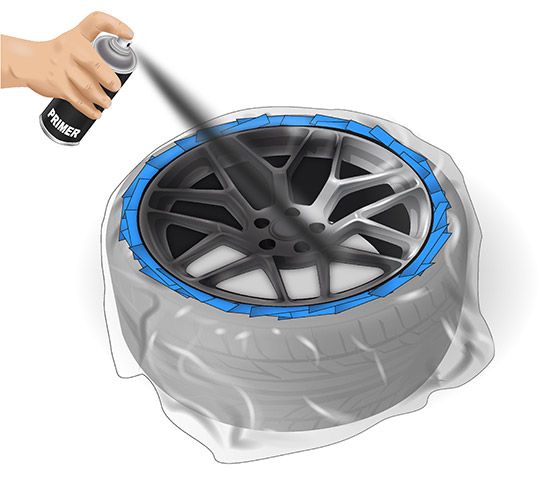
Everyone understands that in a garage or in a country house, and even more so in an apartment, it is not always possible to literally follow the requirements of GOST for tire storage. For example, if the tires are on the balcony, the requirement to keep the tires outdoors for a long time will not be met. On the other hand, frost up to minus 35 degrees is not terrible for tires, so you can not be afraid to damage a summer tire. The main thing is to protect the tire from precipitation and sunlight, because ultraviolet is very harmful, it changes the structure of rubber, reduces elasticity. As a conclusion, tires can be stored on the balcony, covered with waterproof material. nine0003
It is important to ensure that the tires do not deform. In this case, it would be correct not to use cramped places, not to press down the rubber set with other objects, and to keep it on a flat surface. It is impossible to keep the tires standing up all the time, they can undergo irreparable deformation and only partially recover. Tires can stand in one position for no more than a month, after which they must be turned over.
Tires can stand in one position for no more than a month, after which they must be turned over.
Suspended tire storage excluded. Although this option of staying rubber is found in some garages. On the other hand, the wheel assembly can hang safely without much harm. Moreover, this method is the most successful for the wheels in the kit, the only thing is to reduce the pressure in the tires. nine0003
Proper storage of tires means keeping them away from heating devices, including radiators and heaters. This is a very important note that must be strictly followed. Otherwise, under the influence of high temperatures over 30 degrees, the rubber may receive irreparable damage and deform.
Car owners often ask how long it is possible to store different types of car tires in the lying position. There is a GOST rule that regulates this option for finding rubber in a warehouse or garage. However, it is not always necessary to follow it strictly. It will be correct to find the tires in the supine position. It is also allowed that the tire will stand upright, especially since many garages store tires standing up. Moreover, standing position is also acceptable for the wheel assembly. The main thing is to control how much the kit already costs and change the position in a timely manner. nine0003
It is also allowed that the tire will stand upright, especially since many garages store tires standing up. Moreover, standing position is also acceptable for the wheel assembly. The main thing is to control how much the kit already costs and change the position in a timely manner. nine0003
With regard to the service of storage of winter or summer sets of tires, it is provided by many service stations that carry out tire fitting, as well as large centers selling automobile rubber. Moreover, the wheels can also be stored together with the disks. As a rule, such a service provides for the location of tires or wheels in a covered hangar without heating. The main thing is that the basic rule of storage is observed - the temperature regime is maintained.
As a general rule, car tires should not be near solvents or other chemical elements that can have a negative effect on rubber. It is also unacceptable to find nearby sources of ozone - transformers, electric motors and other equipment.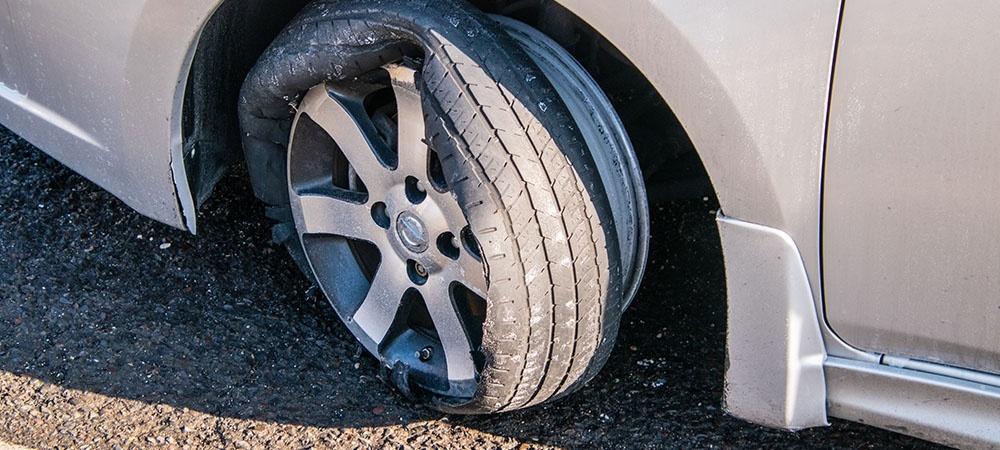 nine0003
nine0003
After the end of winter, for all car owners, there comes a period when it is necessary to change the winter set of tires to summer. At the same time, the fact of replacement causes a problem, and the need for proper storage of tires during the entire summer period of operation.
The rules are simple:
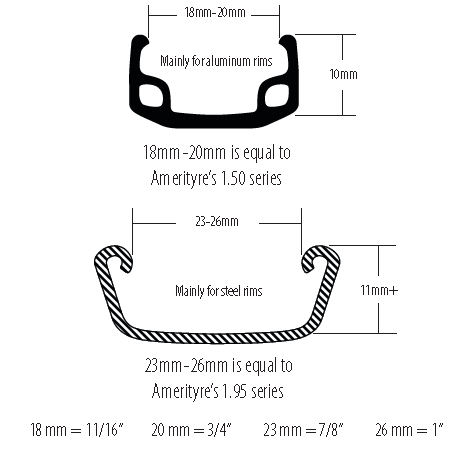
Winter Drive protection
Tires Goodyear UltraGrip Arctic 2 SUV
Winter Drive Protection Sound Comfort
Rating: nine0003
4.5
Tires Goodyear UltraGrip Ice 2
Winter Drive Protection
Tires Goodyear UltraGrip Performance+ SUV
Winter Drive Protection
Tires Goodyear UltraGrip Arctic 2
Winter Drive Protection Run On Flat Sound Comfort
Tires Goodyear UltraGrip Performance+
The procedure and rules for storing summer tires in winter is practically no different from a similar procedure for winter tires.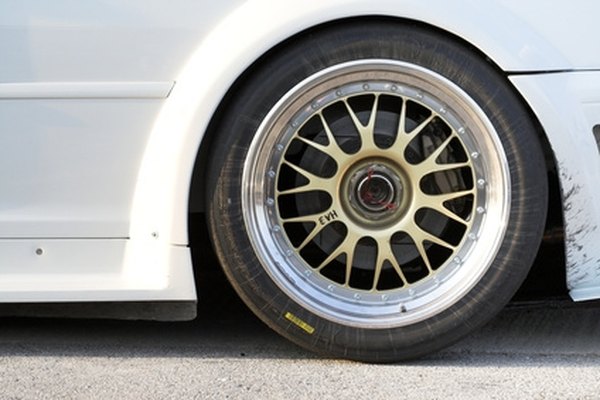 First of all, the tires must be marked and thoroughly cleaned of dirt and small stones, and be sure to rinse and dry. Car tires wear out very much in summer, so it is worth swapping them when installing after winter to ensure balance. nine0003
First of all, the tires must be marked and thoroughly cleaned of dirt and small stones, and be sure to rinse and dry. Car tires wear out very much in summer, so it is worth swapping them when installing after winter to ensure balance. nine0003
Car tires may be stored vertically or horizontally in summer. At the same time, if the tire is complete with a disk, then it should not stand. The wheel assembly will properly hang on cables or ropes. Also, the correct position for a tire with a disc is lying horizontally. Wheels can lie in a stack of several pieces, no more than 4-5. If there is no other option for storing the wheels in the kit, except for standing, then you need to keep track of how long they are in one position and periodically turn them to change the place of pressure. It will be correct to change the position every 2-3 weeks. nine0003
Wheels without rims must not be hung correctly, they can be deformed by prolonged lateral loads. It is allowed to store tires without rims in a stack, but not more than a month and in a stack no more than 5-6 pieces high.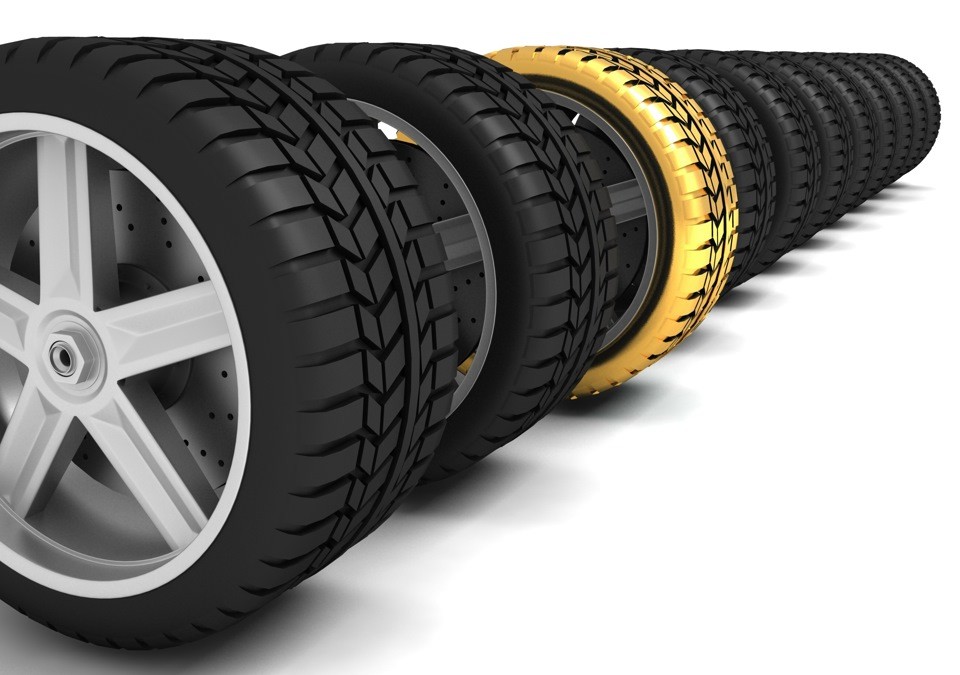 Although this is not the correct position for summer tires in a garage or hangar.
Although this is not the correct position for summer tires in a garage or hangar.
The most correct option is to place tires vertically:
The main condition is a flat surface, without sharp edges and protrusions, so as not to damage the surface of the wheel. It will also be correct to rotate the tires once every 2-3 weeks. nine0003
In winter, temperatures can drop to very low levels. The main thing to remember is that the car rubber should not be allowed to stay at a temperature below 35 degrees, in which case its deformation is possible. It is best to store in the winter in a garage in compliance with the requirements indicated above.
If you have two sets of wheels, for example, winter and summer, then you will be interested in how the tires should be properly stored in the garage or elsewhere. In this case, it will be correct if the wheels do not lie at all. In this case, they will not undergo deformation under the influence of gravity. nine0003
In this case, they will not undergo deformation under the influence of gravity. nine0003
The best storage with discs is hanging. To do this, the wheels must be thoroughly washed and cleaned of dirt, and also dried. It will be correct to treat the rubber with a special care compound. The pressure in the wheels is lowered to the level of 1-1.5 atmospheres.
It is advisable to mark the wheels to understand where they were and change them after storage. In this case, you can correctly distribute the balance and prevent uneven rubber wear. nine0003
It is also allowed to store wheels on rims in the garage horizontally stacked on top of each other. How much can be stored depends on the size of the wheel and its weight, but no more than 2 meters in height. Properly store on a flat surface, without corners and irregularities - on the garage floor or shelving.
The rules for storing wheels without rims are no different from other options. It is correct to carefully prepare car tires for seasonal storage - this is cleaning from dust and small debris, washing, drying. nine0003
It is correct to carefully prepare car tires for seasonal storage - this is cleaning from dust and small debris, washing, drying. nine0003
The main difference in storing wheels without rims is the correct way to keep them upright. In this case, they stand on a flat surface, the main thing is to rotate them periodically by 20 degrees to prevent rubber deformation. The garage is an ideal place to store a seasonal set of wheels without rims. If, of course, the place allows and the basic requirements for temperature and humidity are maintained. They can stand on a special rack or floor, the main thing is the absence of bumps and sharp corners, otherwise you can easily damage the surface of the tires. nine0003
If the garage does not allow keeping extra property in it, there are not enough normal conditions for a car, then you can keep tires on the balcony or in the pantry. The main thing is to withstand the temperature regime, properly store in direct sunlight (cover), avoid staying in conditions of high humidity or vice versa, excessively dry air.